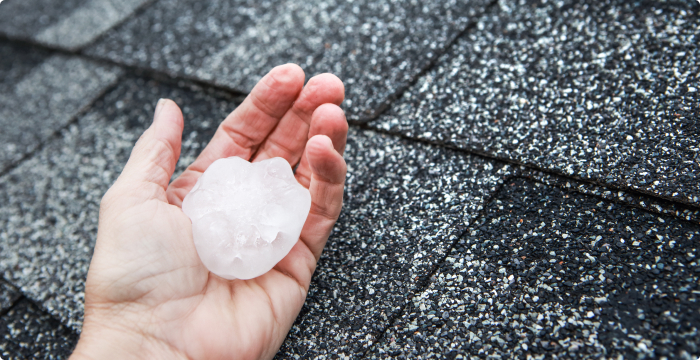
When it comes to enhancing the beauty and functionality of your home, selecting the right roofing material is a crucial decision. The diverse range of options available in the market can be overwhelming, but with a clear understanding of your priorities and the characteristics of each material, you can make an informed choice that suits your aesthetic preferences, budget, and climate considerations.
The relentless exposure to the sun's ultraviolet (UV) rays can accelerate the aging process of roofing materials. Over time, this prolonged exposure can cause shingles to become brittle, fade in color, and lose their protective granules. Regular inspections and UV-resistant roofing materials can mitigate the effects of sun exposure, ensuring the longevity of your roof in sunny climates.

Rain is a common weather adversary for roofs. Water infiltration can lead to a host of issues, including mold growth, wood rot, and compromised structural integrity. Well-maintained gutters, proper drainage systems, and high-quality roofing materials with effective water resistance are essential components of a water-tight roofing system.
In colder climates, snow and ice accumulation can present significant challenges for roofs. The added weight of snow can strain the structure, potentially leading to leaks or even collapse. Proper insulation, ventilation, and ice dam prevention measures are crucial for safeguarding your roof during winter months.

Strong winds during storms can wreak havoc on roofs, especially if they are not securely installed. Wind can lift shingles, expose vulnerable areas, and even tear off sections of the roof. Regular inspections and timely repairs after severe weather events can help prevent extensive damage and maintain the structural integrity of your roof.
Hailstorms can cause significant damage to roofing materials, resulting in dents, cracks, and granule loss. Investing in impact-resistant roofing materials and promptly addressing any hail-related damage can protect your roof from further deterioration and maintain its functionality.
Extreme temperature fluctuations, from hot to cold, can cause roofing materials to expand and contract. Over time, this constant movement can lead to material fatigue, cracking, and compromised seals. Quality roofing materials designed to withstand temperature variations and proper insulation are key components in mitigating the impact of extreme weather conditions.
To ensure the longevity and performance of your roof, it's essential to recognize and address the impact of weather conditions. Regular inspections, prompt repairs, and selecting weather-resistant roofing materials are vital steps in protecting your home from the ever-changing elements. Consulting with roofing professionals can provide tailored solutions to safeguard your roof against the specific weather challenges in your region. By taking proactive measures, you can extend the life of your roof and fortify your home against the forces of nature.